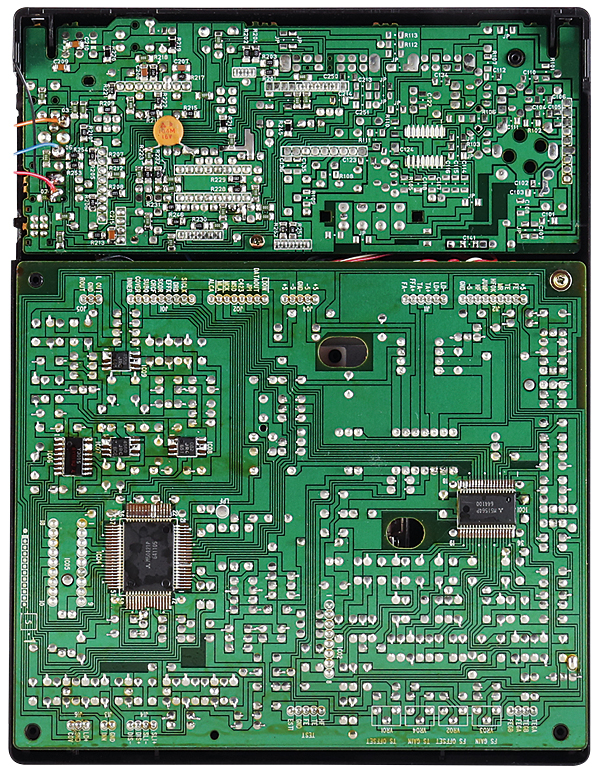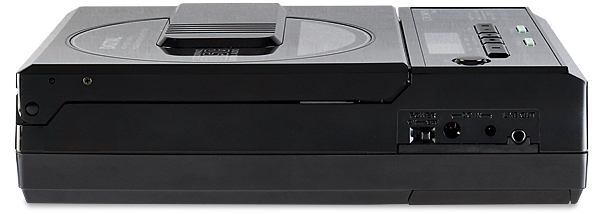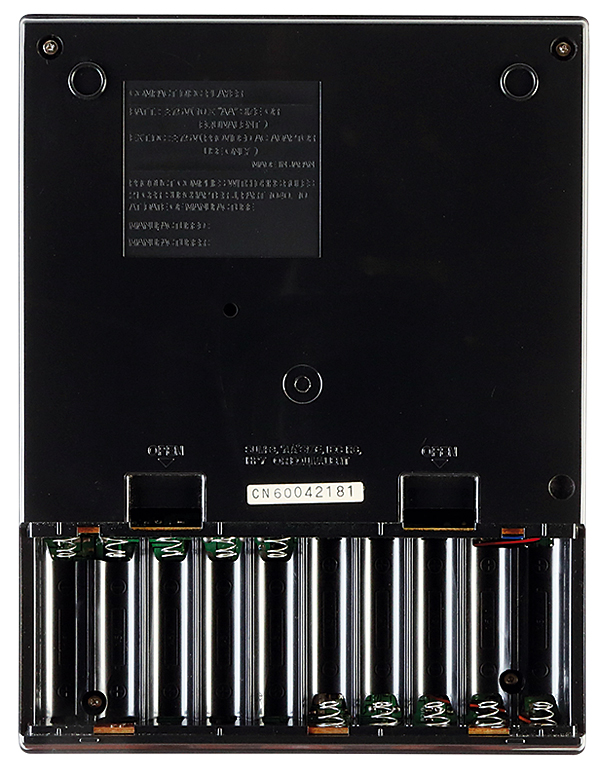Crown CD-110 CD Player Page 2
None if this was state of the art, of course, but it substantially improved on the specification of the Toshiba XR-J9 of the previous year, which had a 14-bit time shared DAC and no oversampling.
![]() Tim Listens
Tim Listens
The sound of the CD-110 is bright and lively with the vivid sense of midband focus that players with simple analogue filtering tend to have. This all comes at the cost of treble refinement – the upper registers sound prominent, glassy and brittle compared to when heard through a more sophisticated player such as the Philips/Marantz CD10 portable [HFN Mar '21]. If the rest of your system is essentially neutral in character then this forward treble may mean the bass sounds recessed, but there is little to complain about the bass itself.

The low notes are tidy and well ordered – if a bit less rich and fulsome than via some players. The overall quality of sound is undeniably better than that produced by the previously mentioned Toshiba machine, whose key failing was that it tended to produce percussion sounds such as cymbal crashes in a way that made them sound like electronically gated noise. The CD-110 doesn't do that and, while any reasonably revealing system will make it clear you are listing to a small, basic player, the results are still pleasurable and certainly well worth hearing.
Even stereo imaging isn't that bad – the oversampling digital filter appears to be effective in limiting the damage the time-shared DAC does. The soundstage which results is reasonably broad and continuous in nature, especially when compared to the isolated pools of sound around speakers that some early CD players produce. And while the positioning of instruments and performers isn't pin-sharp within this space, there's enough information for the listener to be able to get a fairly good idea of what is going on.
Razor Sharp
Something which did surprise me was the audibly obvious action of the CD-110's error-correction system when playing discs that were in anything other than mint condition. And this was despite the high reading speed of the TOC, which suggested the quality of information retrieval was up to scratch. All CD playback involves error correction to some degree but imperfect discs had the fluttery, uncertain sound of a well-worn cassette when played in the Crown portable, which I've not heard with other players.

Certainly my veteran copy of Fleetwood Mac's 1987 album Tango In The Night [Warner Bros 925 471-2] exhibited this effect whereas a later compilation featuring the same tracks played through clean. Tonally these familiar songs sounded marginally lacking in weight, but there was no arguing with the razor-sharp top end, which sparkled and sizzled as it does with all the best 1980s CD players.
Those seeking refinement had better look elsewhere, but for raw excitement this machine is difficult to beat. A full-sized player with the performance and characteristics of the CD-110 would be of no great interest to anyone I would venture. However, as an intriguing take on the problems of producing a portable machine it is worth a second look. I can't recall another design of this era that seems to have come about without size being a key determining factor. Some aspects of this machine are naive, others simply misguided, but it works well enough and unlike many it can still be used out and about on battery power.
Buying Secondhand
Those keen to try a Crown CD-110 may struggle to find one in as clean and fresh a condition as our review sample – in fact they are far from common in any condition. When buying it is important to ensure that the mains adapter is present as it is specific to this model and difficult to substitute. Two separate 7.5V units with the appropriate DC plugs fitted, wired correctly for the polarity of course, would be one possible (if inconvenient) workaround. It is also vital to check the battery compartment for leakage from old cells as the corrosive liquid can ruin the servo PCB, which is mounted nearby.

However, probably the most troublesome component inside the player is actually the interlock switch for the lid. This can disintegrate over time, meaning that discs cannot be read. There is plenty of room inside to rig up a substitute, but do bear in mind that there is an additional contact that clears the TOC memory when the lid is opened (most CD players do not have this). Any arrangements that you make yourself must be rendered safe so as to ensure that the laser is disabled the moment that the open key is pressed.
Hi-Fi News Verdict
This quirky and oddball personal player may not be the last word in the glamour stakes but it represents an important step in the maturing of the Compact Disc format. Frustrating and delightful in equal measure, it is certainly different. An unexpected bonus is that the use of regular batteries means you can still use the CD-110 as a portable, unlike many from this era. It's another essential for the serious collector.























































